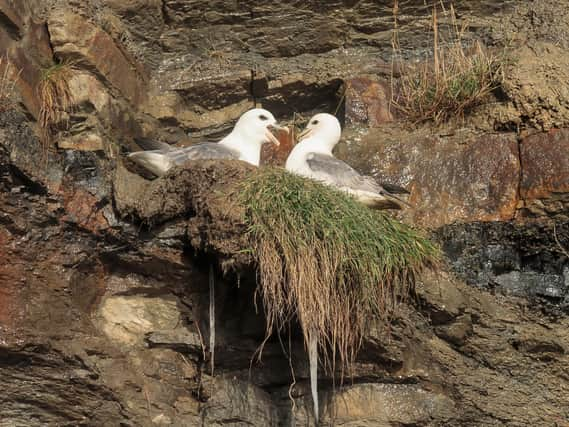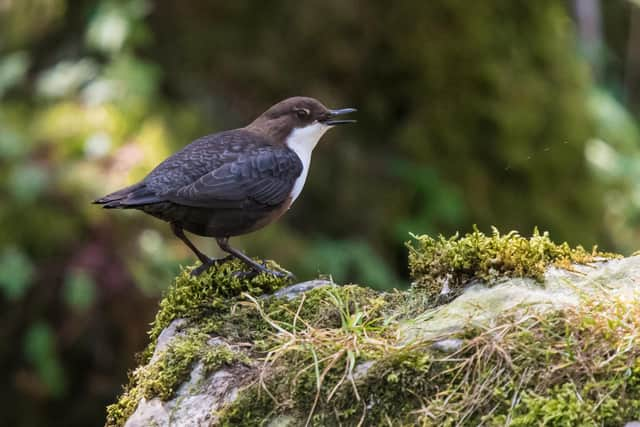NATURE NOTES: Wildlife is on our doorstep if you look for it


I’m very lucky that, although my house isn’t in open countryside by any means, there are some really nice areas close-by to which I can get to to explore “on foot from home” .
Within 5km of my house there are several ponds and pools which are all worth exploring, as well as a small river or “burn” which winds its way to the sea through a wooded dene, graced with tongues of semi-natural ancient woodland radiating out into farmland.
Advertisement
Hide AdAdvertisement
Hide AdThe plantation woodlands aren’t as attractive but do attract a wide variety of bird life in winter months and the sea is less than a mile from home giving access to cliffs, rocky shores, beaches and coastal grasslands.


Spurred on by a friendly competition with the local birdwatchers – "who can see the most species of bird within 5km of home” – I’ve well and truly thrashed the local area in search of new species. Places I’ve not been to since I was a youngster, roaming about the countryside with schoolfriends, have been rediscovered during lockdown .
Many of them haven’t changed whilst some are unrecognisable from my youth.
Within a mile of home, f ulmars, gull-like birds that are members of the albatross family, are gathering back on the cliffs where they will settle down to nest in the next few weeks.
Advertisement
Hide AdAdvertisement
Hide AdSailing effortlessly along the cliffs with no need to flap their wings they glide into their chosen spot, which is probably the very same place they’ve nested for many years to be greeted with enthusiasm from their lifelong partner.
Less than a mile in the other direction, travelling along the burn, there a pair of dippers are back on territory after being absent for the winter.
The male bird sat on an overhanging branch, singing without a care for my presence, he sounded happy to be back.
Dippers bred last year, for the first time in 30 years on this stretch of river, there they feed on invertebrates that they "dip” for on the bed of the burn, which is a good sign that the water is getting cleaner.
Longer walks at weekends take me to the “pit heaps” .
Advertisement
Hide AdAdvertisement
Hide AdThe mountains of colliery spoil were landscaped and planted with trees many years ago and there’s a good network of surfaced paths which make for a welcome change to the mud I’m used to squelching through after what seems like weeks of rain.
The woodlands, like the pit heaps on which they were planted are very much "man-made” compared to the ancient woodlands closer to home, but they are starting to mature.
The mixture of conifer and broadleaved trees attracts roaming flocks of winter finches including s iskins, goldfinches, r edpolls and b ullfinches.
A kingfisher was plying his trade on the small stream that drains a pond and a close encounter with a b uzzard was a magical experience as it passed only feet away.
Wildlife is on all of our doorsteps no matter where we live.
You just need to get out and look for it.